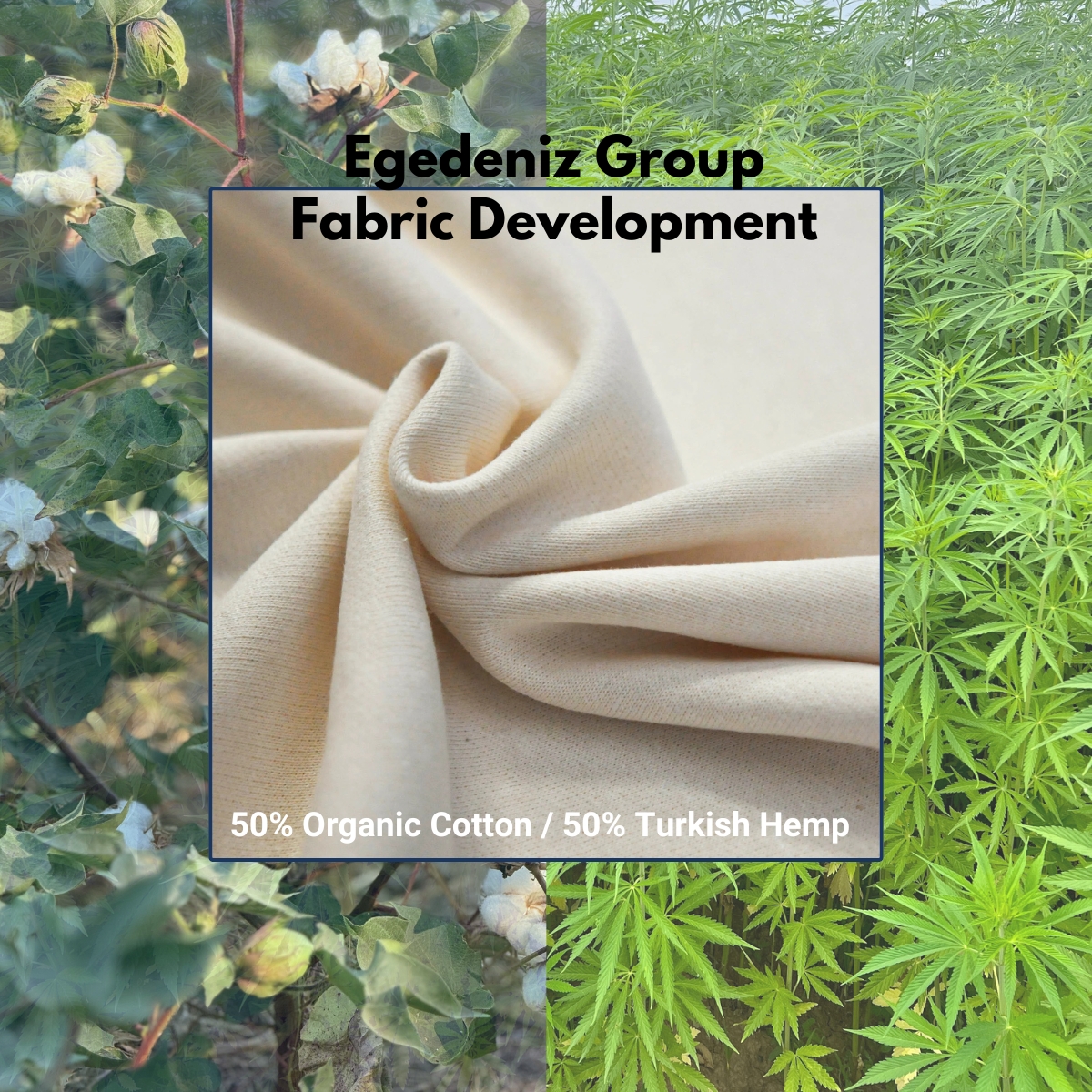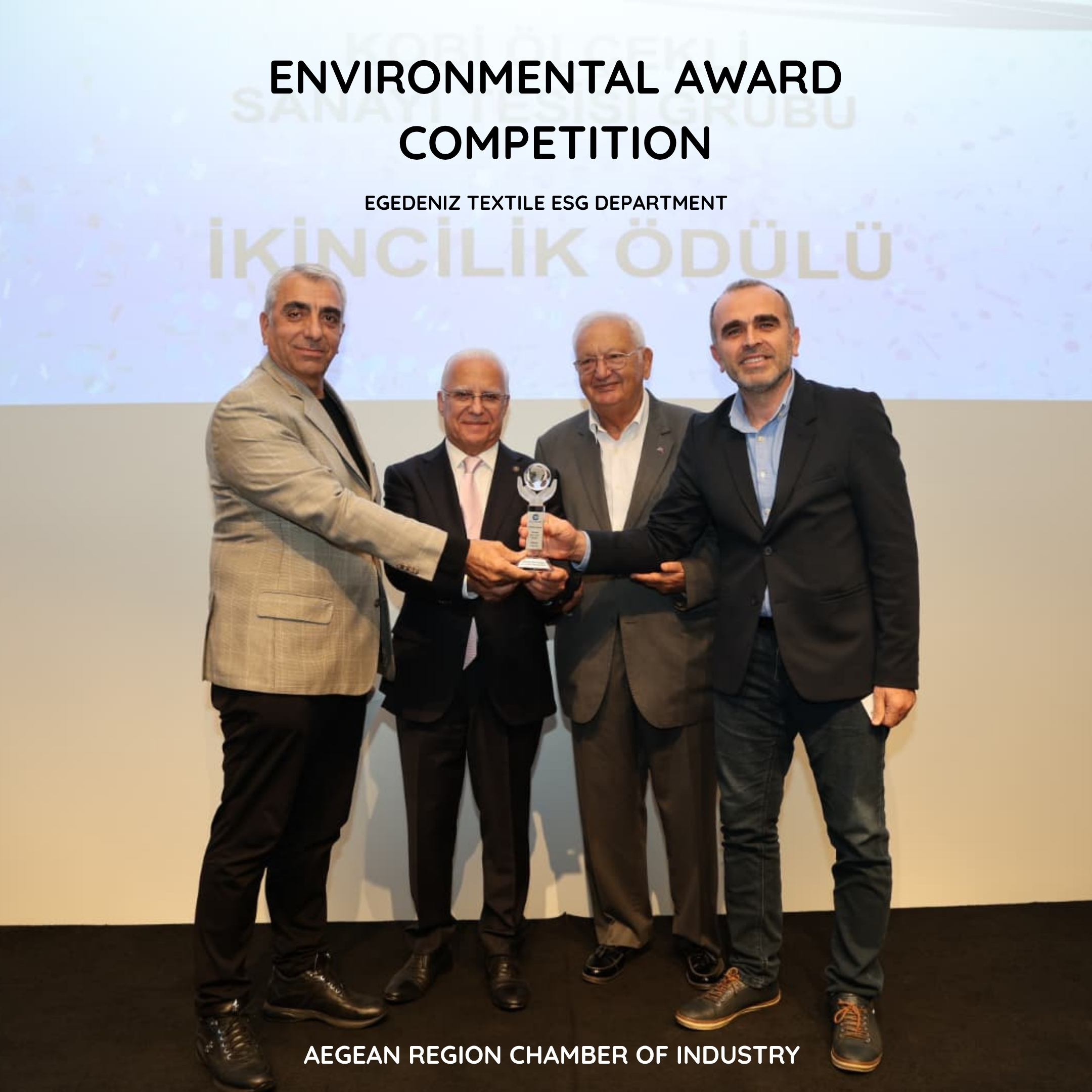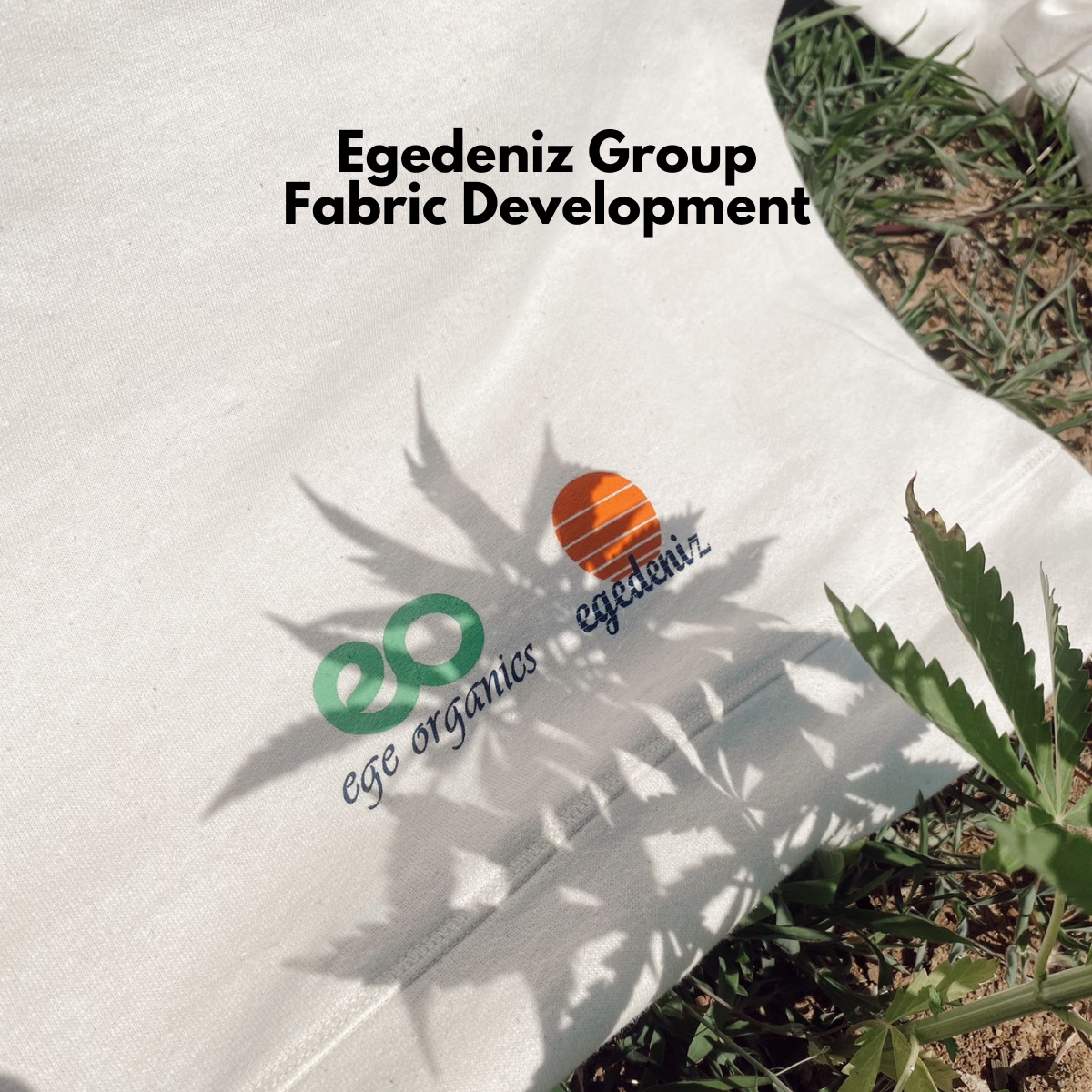At Egedeniz Regenerative Organic Cotton Project, our goal isn’t just to produce cotton; it’s to restore the ecosystem, conserve vital resources, and achieve the rigorous standards of growing regenerative organic cotton
This process involves conscious, knowledge-based efforts that stand in stark contrast to conventional methods. As we approach our handpicking harvest this month with the Egedeniz team, let’s explore the core regenerative techniques that are shaping our successful first year.
💧 Water Wisdom: Drip Irrigation and Climate-Resilience
One of the most immediate and impactful shifts we made was prioritizing water conservation, a cornerstone of regenerative agriculture.
- Drip Irrigation: This method delivers water precisely where the plant needs it, saving significant volume.
- Forcing Root Resilience: To build climate-resilient plants, we deliberately cut our irrigation early. This isn’t done suddenly; we gradually weaned the plants off the water supply (e.g., dropping from five hours to two hours per week). This slight, intentional stress forces the cotton to develop deeper, stronger root systems, preparing them to thrive in increasingly variable climate conditions.
- Data-Driven Decisions: Our water usage is managed by combining traditional tools (like the pan evaporimeter) with digital decision based on the data we will get from the cotton and crop’s samples support, allowing us to calculate the exact, minimum amount of water needed to transition the plants safely.
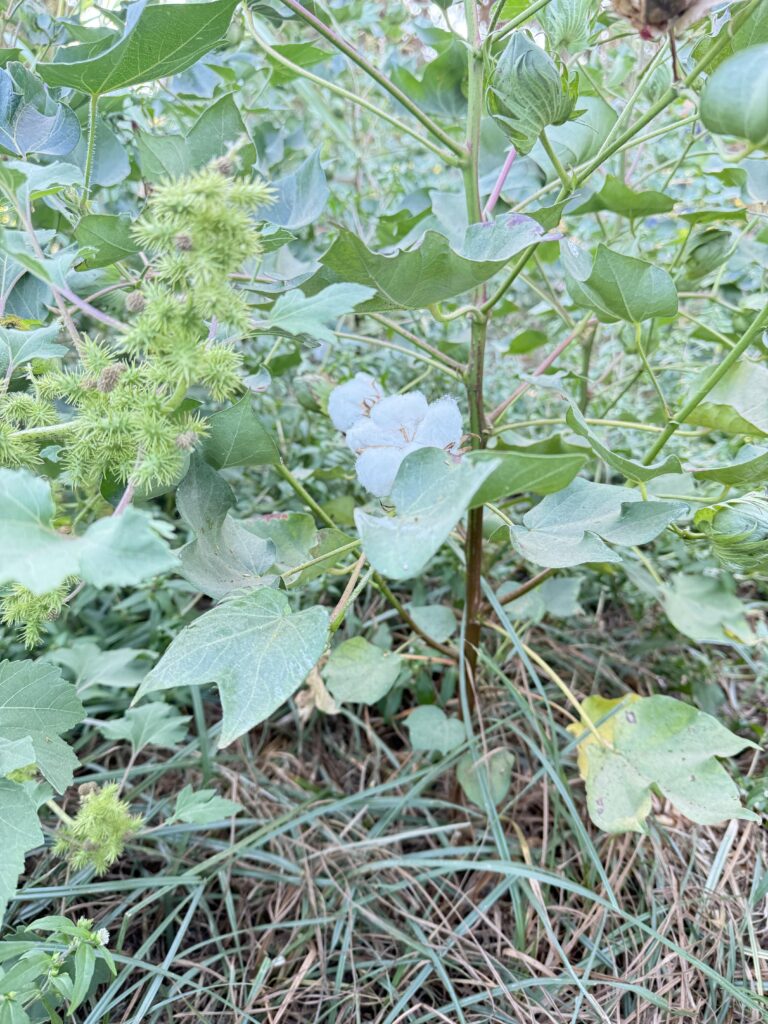

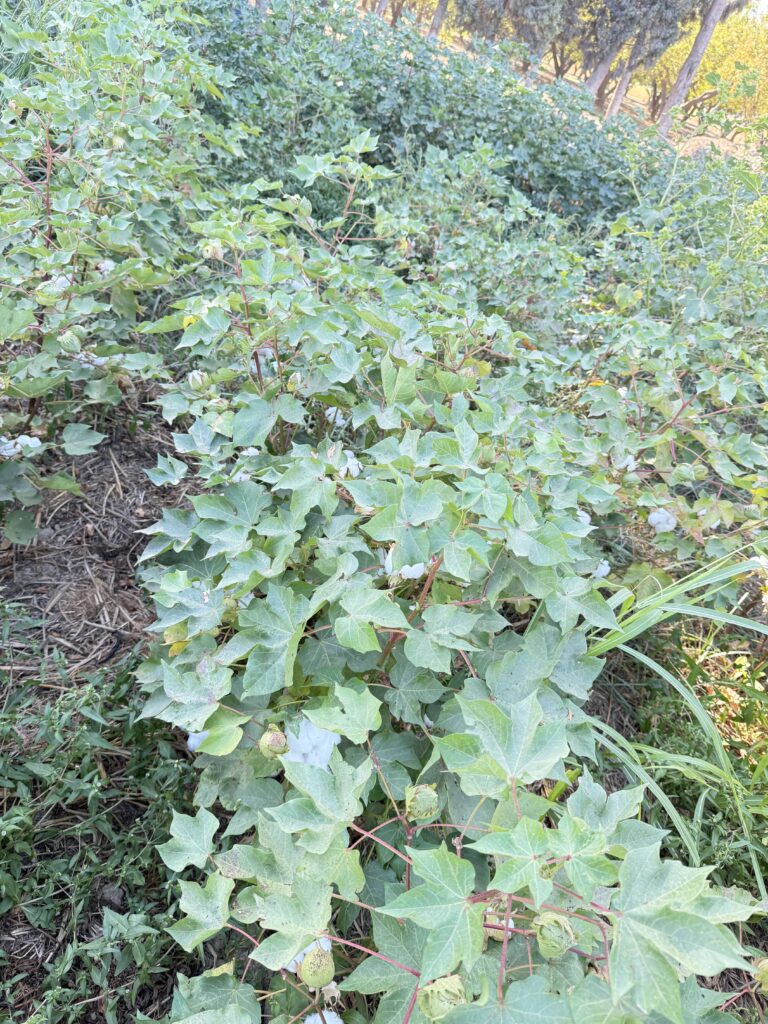
🌱 Biodiversity and the Weed Warrior Strategy
In conventional systems, the environment is simplified to maximize the monocrop. We’re doing the opposite: we’re embracing biodiversity as a tool for ecological health and natural pest control.
- Multi-Species Planting: To boost our soil’s ecosystem and attract beneficial insects, we began with a five different cover crops types. This complex mix strengthens the soil microbiome.
- Weeds as Trap Crops: We allow diverse plant species—often dismissed as “weeds”—to grow alongside our cotton. These serve as a trap crop, drawing destructive insects like the red spider away from the cash crop. The visual of tall grasses is a sign that our natural defenses are working, eliminating the need for toxic insecticides.
- Restoring Natural Cycles: This commitment to diversity and letting nature manage itself helps us achieve carbon sequestration and restore the natural balance of the soil—a living environment that can feed the crop using the nutrients slowly released by our applied compost.
Contact us for more information on regenerative organic cotton supplying from Turkey.




